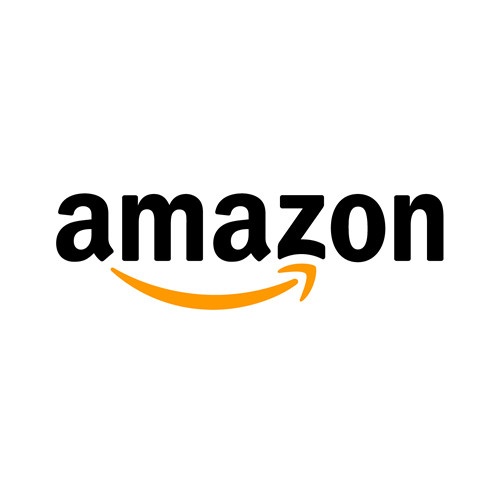
Selling on Amazon is undeniably a great way to earn some extra money but if you’re serious about being your own boss, you need to systematically build and grow a profitable online business.
Doing effective product and market research is the single most important task for any entrepreneur aiming to establish a successful business on Amazon.
Obviously, having accurate data is fundamental to performing effective Amazon product analysis. This is where research software comes in. There are plenty of tools such as the Ama Top Product Analyzer that help you collect information in order to determine the wants and needs of Amazon customers.
Here are some important tips to consider when choosing your Amazon research software.
1. Understand what Amazon research software is all about
Doing product research for Amazon means analyzing current market trends to find product ideas that are likely to generate high sales. Essentially, your objective is to identify and capture the demand on the platform by offering exceptional products that beat the competition.
Therefore, you should only consider purchasing software tools that provide you with exact data directly from Amazon and let you perform extensive analyses. Ultimately, your research software has to take the guesswork out of product research for you.
At its most basic level, the tool that you choose must let you:
- gather and filter product ideas
- find the keywords with the highest potential
- get a great understanding of profitable markets
- verify the demand for your product idea
2. Only go for accurate sales figures
Some product ideas might sound really cool at first but ultimately fail to generate real sales. That’s why you need to figure out if a product is actually worth building.
How can you do that? It’s pretty simple. You can estimate how much a product is going to make by looking at the revenues of similar products. So your research tool must provide accurate monthly sales data for different products on Amazon.
Having access to seasonal and annual trends is also a bonus since many products reach their peak demand in certain months. Discovering and capitalizing on those trends can mean the difference between success and failure.
3. Get a bird’s-eye view using the browser extension
While doing product analysis, you’ll have to spend countless hours digging through products on Amazon. A browser extension can make your life a lot easier since you won’t have to constantly switch between apps.
Many Amazon research software vendors offer (free or paid) browser extensions that give you monthly revenue estimates, average price, and reviews, among other things. This way you can spot product opportunities more easily.
So we recommend giving priority to tools that include a browser extension.
4. Select your target geography
It might sound surprising, but not all tools provide usable data for all markets and countries.
Amazon is a global marketplace which means you can sell your products in many countries including the US, Canada, Europe, and even India. But each market has its own nuances that make it hard to penetrate.
For this reason, you need a tool that will give you reliable geographical data. Talk to different providers to find out what territories they are focusing on and ask them for specific recommendations.
If you want to launch your product worldwide, you may have to do your research using multiple tools so that you can get a better picture of the global market.
5. Consider the costs
Most amazon product analysis tools have several plans with tiered pricing, so the cost depends on what you need.
Each tool has its own way of tying price to product usage. Some of them charge you based on your expected sales volume while others limit the number of keywords and/or products you can track. It’s also common practice to offer more comprehensive functionalities and better customer service on the more expensive plans.
Carefully assess your needs before you commit to a plan and avoid choosing software based on price alone. Finally, it’s always a good idea to spend as little as you can in the beginning and gradually move on to more professional tools as you build your business.
6. Take it for a test drive
Choosing a software solution to do product research for Amazon is not like picking a commodity at the shelf of a convenience store. It needs careful consideration.
Most Amazon product tracking tools out there have a very gentle learning curve and user-friendly interfaces but it never hurts to try them out before you spend any money.
Moreover, since you’ll be using the software for a long time, it is critical that you feel comfortable with its navigation and layout.
Many companies offer trial periods (usually 14 or 30 days) for their software. However, it’s always a red flag if a vendor is not willing to let you test-drive their app.
Bottom Line
Amazon has become the go-to marketplace for anyone who is interested in selling products online, including dropshipping, arbitrage, and private labels. But unless you’re an experienced seller with a proven product, you need to use research software to find profitable products. Look for a solution that is versatile enough to support your custom needs and robust enough to scale with your business. Once you have several options, try them separately and choose the best one.
